Fab 101 - TIG Welding
What You Need To Know For Laying Down Beads
A few months ago, we introduced you to the processes involved with MIG welding. MIG welding, or metal inert gas welding, is a tool of the trade for millions of fabricators around the world because of its various advantages over other forms of welding. MIG welding is fairly easy to learn, equipment is reasonably priced, and it allows users to lay down a fast bead. However, these advantages are not for everyone. Some fabricators want a little more control and precision in their welding, which is why they opt for TIG welding.
TIG welding, or tungsten inert gas, is a process in which a tungsten electrode heats the metal you are welding, while Argon gas protects the weld puddle from airborne contaminants. It’s a clean process. However, it can be fairly frustrating for first-time users because of the precise coordination required from your hands and feet. Some eventually give up and stick with MIG welding.
Although it is more labor intensive and requires more skill, it is often used by those looking for the ultimate in control and to produce super-clean welds. This includes most motorsports teams. TIG welds often are found on some of the top race machinery in the Dirt Sports Nation. There’s a lot to learn in order to lay down some perfect beads, so we headed down to The Fab School in Riverside, California, to get tips and a quick look at the basics of TIG welding from Troy Johnson.
The Machine
Before you can start laying down the perfect bead, you’re going to need a
machine and power source that will allow for the high amperage TIG
welding requires. The typical 110-volt outlets in your garage will not
supply enough power to the machine. Instead, you will need a 220-volt
outlet. As far as picking a machine goes, there are many companies to
choose from. The Fab School chose Miller welding products, like the
Sycrowave (pictured here) and the Dynasty.
Air-Cooled VS. Water-Cooled
“If you want to purchase a welder, you don’t have to go broke buying
one,” explains Johnson. “The difference between an air- versus a
water-cooled machine is about $1,500. If you’re not going into
production, an air-cooled machine will suit your needs and run about
$3,000. If you are going into some sort of production, a water-cooled
machine is required and will run you about $5,000.” As you can see from
this photo, there aren’t a lot of dissimilarities between the
water-cooled torch on the left, and the air-cooled torch on the right.
Prepare the Tungsten
Prepare a new or unsharpened tungsten by grinding it to a point first.
For best results, use a 200-grit or finer grinding wheel. Also, it’s
important to only use that grinding wheel for sharpening your tungsten.
This ensures the tungsten will not become contaminated, resulting in
lower-quality welds. Troy also likes having his students roll the edges
of the tungsten after it’s sharpened to a point.
Install the Tungsten
Once the tungsten is sharpened, slide it back into your torch. Before
you tighten it up, though, be sure it is at the correct depth inside the
torch. Your tungsten should stick out no more than the diameter of your
cup (the pink park in this photo). If the tip of your tungsten has
turned blue after welding, your tungsten is out too far.
Body Positioning
“A lot of muscles move when we reach out in front of us and pulling
straight to our chest,” explains Johnson. “That requires a lot of work
from your muscles. When sitting on the bench, I like to place the part
I’m about to weld parallel with my chest. By doing so, I won’t have to
move a whole lot once I start to weld. I also like to rest both of my
hands because you have to be comfortable at all times. For a tall
project (pictured here), I like to set up objects that allow my hands to
be comfortable.”
Light It Up
Now, it’s time to start laying down some beads. First, hold the torch in
your dominant hand at about 70 to 80 degrees. In the other hand, hold
your filler rod at a 15-degree angle. Once you make an arc by placing
your foot on the pedal, it’s go time. A lot of first timers have the
tendency to pulse the pedal, but this is not correct. Once you start to
heat your material and build up the puddle with your filler rod, you
then drag it out. So, fill it up, and then drag it out. By doing so,
Troy says your puddle will always be constant. This step requires a lot
of practice because of all the control is put into your pedal, the angle
and distance you hold your torch, and the amount of filler rod you dab
into the heat.
The Good
If you’re a TIG welding prodigy, your welds will look as good as these.
The Bad
However, if your welds look like this, it’s time to keep practicing.
Practice makes perfect! As you can tell by reading this, TIG welding is
not an easy process, and these are just the basics. However, if you’re
feeling confident and want to learn more about TIG welding, head on down
to the Fab School and sign up for some of the courses.
Trending Pages
2022 Rivian R1T Launch Edition Yearlong Review Verdict: The End of Something Remarkable
UAW-Detroit Automaker Strike Expands to More GM, Stellantis Plants: What You Need to Know
Lexus LM First Drive Review: It's Best if You Don't Drive This Sci-Fi Luxury Minivan
We Drive the Tiny, Forbidden Lexus (Because You Can't)
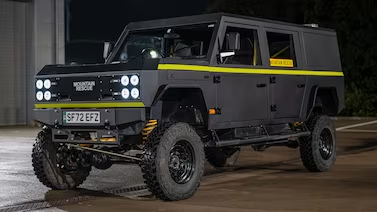
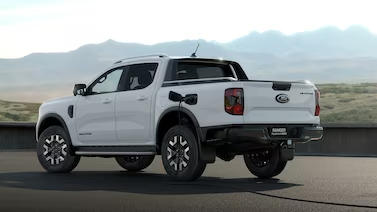
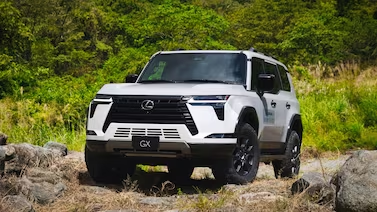
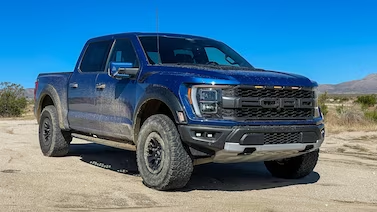
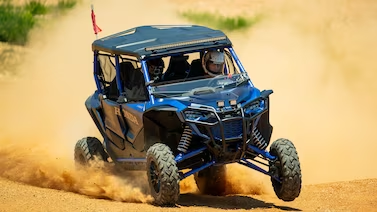
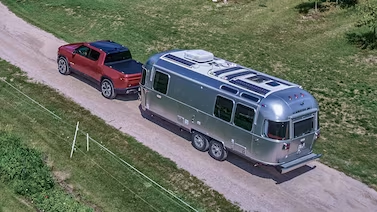
.png)


Remember to keep comments respectful and to follow ourCommunity Guidelines